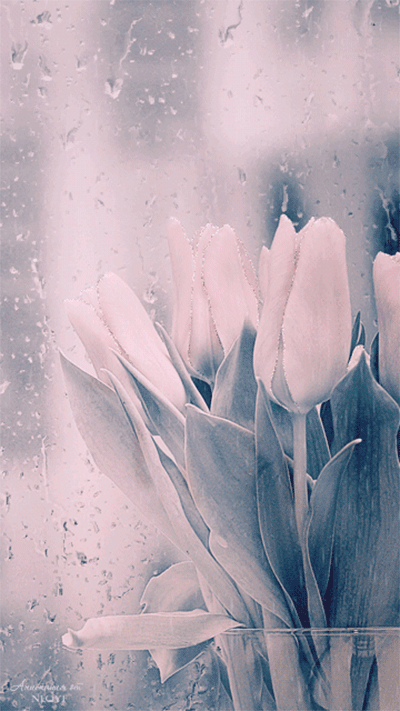Training the Mind: Verse 8
In the final verse, we read:
May all this remain undefiled
By the stains of the eight mundane concerns;
And may I, recognizing all things as illusion,
Devoid of clinging, be released from bondage.
by His Holiness the Dalai Lama
The first two lines of this verse are very critical for a genuine practitioner. The eight mundane concerns are attitudes that tend to dominate our lives generally. They are: becoming elated when someone praises you, becoming depressed when someone insults or belittles you, feeling happy when you experience success, being depressed when you experience failure, being joyful when you acquire wealth, feeling dispirited when you become poor, being pleased when you have fame, and feeling depressed when you lack recognition.
A true practitioner should ensure that his or her cultivation of altruism is not defiled by these thoughts. For example, if, as I am giving this talk, I have even the slightest thought in the back of my mind that I hope people admire me, then that indicates that my motivation is defiled by mundane considerations, or what the Tibetans call the “eight mundane concerns.” It is very important to check oneself and ensure that is not the case. Similarly, a practitioner may apply altruistic ideals in his daily life, but if all of a sudden he feels proud about it and thinks, “Ah, I’m a great practitioner,” immediately the eight mundane concerns defile his practice. The same applies if a practitioner thinks, “I hope people admire what I’m doing,” expecting to receive praise for the great effort he is making. All these are mundane concerns that spoil one’s practice, and it is important to ensure that this is does not happen so we keep our practice pure.
As you can see, the instructions that you can find in the lo-jong teachings on transforming the mind are very powerful. They really make you think. For example there is a passage which says:
May I be gladdened when someone belittles me, and may I not take pleasure when someone praises me. If I do take pleasure in praise then it immediately increases my arrogance, pride, and conceit; whereas if I take pleasure in criticism, then at least it will open my eyes to my own shortcomings.
This is indeed a powerful sentiment.
Up to this point we have discussed all the practices that are related to the cultivation of what is known as “conventional bodhichitta,” the altruistic intention to become fully enlightened for the benefit of all sentient beings. Now, the last two lines of the Eight Verses relate to the practice of cultivating what is known as “ultimate bodhichitta,” which refers to the development of insight into the ultimate nature of reality.
Although the generation of wisdom is part of the bodhisattva ideal, as embodied in the six perfections, generally speaking, as we saw earlier, there are two main aspects to the Buddhist path-method and wisdom. Both are included in the definition of enlightenment, which is the non-duality of perfected form and perfected wisdom. The practice of wisdom or insight correlates with the perfection of wisdom, while the practice of skillful means or methods correlates with the perfection of form.
The Buddhist path is presented within a general framework of what are called Ground, Path, and Fruition. First, we develop an understanding of the basic nature of reality in terms of two levels of reality, the conventional truth and the ultimate truth; this is the ground. Then, on the actual path, we gradually embody meditation and spiritual practice as a whole in terms of method and wisdom. The final fruition of one’s spiritual path takes place in terms of the non-duality of perfected form and perfected wisdom.
The last two lines read:
And may I, recognizing all things as illusion,
Devoid of clinging, be released from bondage.
These lines actually point to the practice of cultivating insight into the nature of reality, but on the surface they seem to denote a way of relating to the world during the stages of post-meditation. In the Buddhist teachings on the ultimate nature of reality, two significant time periods are distinguished; one is the actual meditation on emptiness, and the other is the period subsequent to the meditative session when you engage actively with the real world, as it were. So, here, these two lines directly concern the way of relating to the world in the aftermath of one’s meditation on emptiness. This is why the text speaks of appreciating the illusion-like nature of reality, because this is the way one perceives things when one arises from single-pointed meditation on emptiness.
In my view, these lines make a very important point because sometimes people have the idea that what really matters is single-pointed meditation on emptiness within the meditative session. They pay much less attention to how this experience should be applied in post-meditation periods. However, I think the post-meditation period is very important. The whole point of meditating on the ultimate nature of reality is to ensure that you are not fooled by appearances can often be deluding. With a deeper understanding of reality, you can go beyond appearances and relate to the world in a much more appropriate, effective, and realistic mannerI often give the example of how we should relate to our neighbors. Imagine that you are living in a particular part of town where interaction with your neighbors is almost impossible, and yet it is actually better if you do interact with them rather than ignore them. To do so in the wisest way depends on how well you understand your neighbors’ personality. If, for example, the man living next door is very resourceful, then being friendly and communicating with him will be to your benefit. At the same time, if you know that deep down he can also be quite tricky, that knowledge is invaluable if you are to maintain a cordial relationship and be vigilant so that he does not take advantage of you. Likewise, once you have a deeper understanding of the nature of reality, then in post-meditation, when you actually engage with the world, you will relate to people and things in a much more appropriate and realistic manner.
When the text refers to viewing all phenomena as illusions, it is suggesting that the illusion-like nature of things can only be perceived if you have freed yourself from attachment to phenomena as independent discrete entities. Once you have succeeded in freeing yourself from such attachment, the perception of the illusion-like nature of reality will automatically arise. Whenever things appear to you, although they appear to have an independent or objective existence, you will know as a result of your meditation that this is not really the case. You will be aware that things are not as substantial and solid as they seem. The term “illusion” therefore points to the disparity between how you perceive things and how they really are.


















